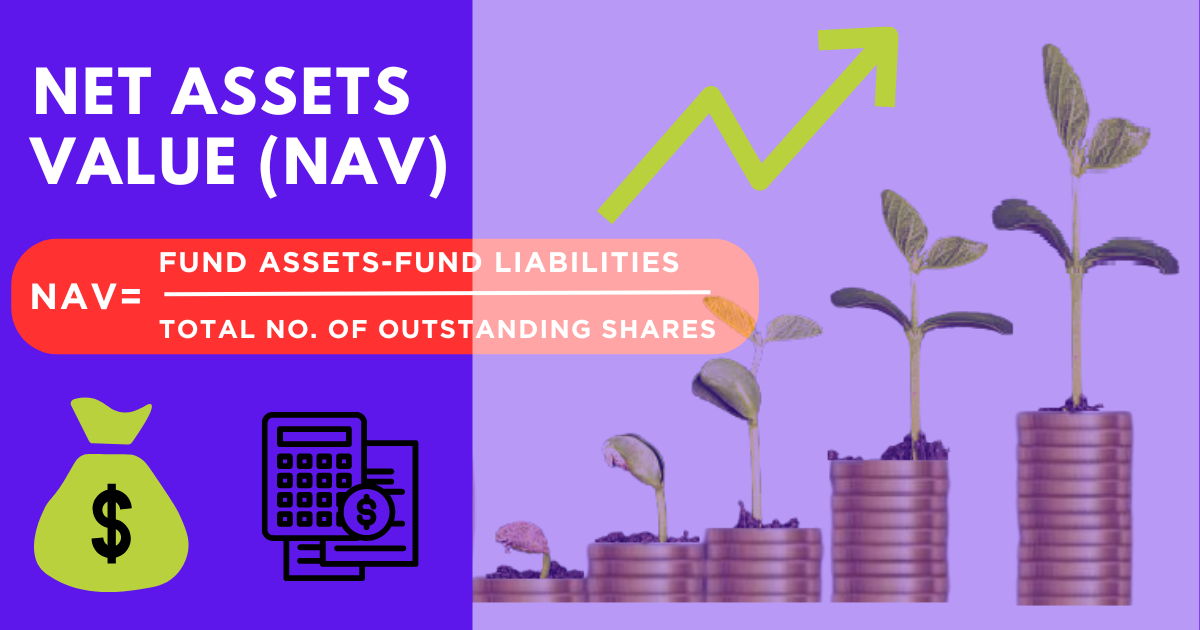
Mutual funds can be a great way to build a diverse portfolio if you're new to investing and don't know where to start. This guide is for people who don't know much about mutual funds. We'll talk about what they are, how they work, and what benefits they offer. By the end of this article, you will know more about mutual funds and how they can help you reach your business goals.
Table of Contents
What is Mutual Fund?
Mutual funds are a popular investment option for both new and experienced investors due to their diversified portfolio and professional management.
Mutual funds are investment vehicles that allow multiple investors to pool their money and invest in a portfolio of securities, such as stocks or bonds.
Professional portfolio managers manage the funds and make investment decisions on behalf of the investors. As an investor, you own a portion of the assets held by the mutual fund.
Why Mutual Fund?
Investing in the stock market can be daunting, but mutual funds can provide a great starting point for beginners. Managed by professionals, mutual funds pool money from multiple investors to invest in a diversified portfolio of securities.
However, selecting the right one can be overwhelming with the vast array of mutual funds available.
How do Mutual Funds Work?
The mutual fund manager pools money from multiple investors and invests it in a diversified portfolio of securities, which can help spread out risk. The goal of the manager is to maximize returns while minimizing risk.
As an investor, you can buy and sell mutual fund shares, which represent your ownership in the fund's assets.
Benefits of Investing in Mutual Funds
Mutual funds are a popular way to invest because they pool the money of many people to buy a wide range of stocks, bonds, and other securities. They have a number of perks, such as professional management, diversification, easy access to cash, and low costs.
1. Diversification:
Investing in mutual funds provides diversification as they (fund managers) invest in a variety of securities, which can help reduce the risk of loss due to the poor performance of a single security. Funds are invested in different companies' shares or bonds in different sectors.
2. Fund Management:
Mutual funds are managed by professional & experienced portfolio managers who have the expertise to select and manage securities. These professionals are responsible for selecting the securities that the fund will invest in and managing the portfolio to meet the investment objectives of the fund.
3. Liquidity:
Mutual funds are easily tradable, making them a liquid investment. Liquidity of mutual funds is crucial for investors for several reasons as the flexibility to exit, opportunities in the market and redemption demands.
4. Low Minimum Investment:
Mutual funds have low minimum investment requirements, which makes them accessible to all types of investors.
5. Transparency:
Mutual funds are required to provide regular reports on their performance and holdings, making them transparent investments.
Types of Mutual Funds
- Equity Funds: Equity funds invest in stocks and offer the potential for high returns but come with higher risk.
- Fixed Income Funds: Fixed income funds invest in bonds and offer lower returns but also lower risk.
- Balanced Funds: Balanced funds invest in a combination of stocks and bonds to provide a balance between risk and return.
- Index Funds: Index funds track a specific market index, such as the S&P 500.
How to select a good mutual fund?
In this article, we will provide some tips to help you select the right mutual fund.
1. Goal of Investment
First of all, you should identify your investment goals before choosing a mutual fund. Are you investing for retirement, a down payment on a house, or your child's education? Each of these goals might need a different way to spend.
For example, if you are investing for retirement, you may want to consider a mutual fund with a longer investment horizon and more exposure to stocks.
2. Risk Assessment
Assess your risk tolerance to determine your comfort level with the ups and downs of the stock market. If you have a low-risk tolerance, you may want to choose a mutual fund that invests in bonds or other fixed-income securities, which are generally less volatile than stocks.
On the other hand, if you have a high-risk tolerance, you may want to consider an equity mutual fund, which invests primarily in stocks and has the potential for higher returns but also higher risk.
3. Fund Performance
Evaluate the fund's performance by looking at its historical performance over different time periods and comparing it to its benchmark index. While past performance does not guarantee future results, if the fund consistently outperforms its benchmark, it may be a good investment choice.
4. Expenses on Investment
Look at how much the fund costs. There are fees for all mutual funds, but some are more expensive than others. Check out the expense ratio, which is the annual fee the fund charges to pay its operating costs. Most of the time, lower expense rates are better because they let investors keep more of the money they earn.
5. Fund’s Investment Style
And finally, consider the fund's investment style, such as growth, value, or a combination of the two. Growth funds invest in companies with high growth potential, while value funds invest in companies that are undervalued by the market. Choose an investment style that aligns with your investment goals and risk tolerance.
Conclusion
In the end, picking the right mutual fund means carefully thinking about your financial goals, how comfortable you are with risk, and other things.
By looking at a mutual fund's past performance, fees, and investment style, you can make an informed choice that fits your investment strategy.
Before you make any investment choices, you should always talk to a financial advisor.






Leave a comment